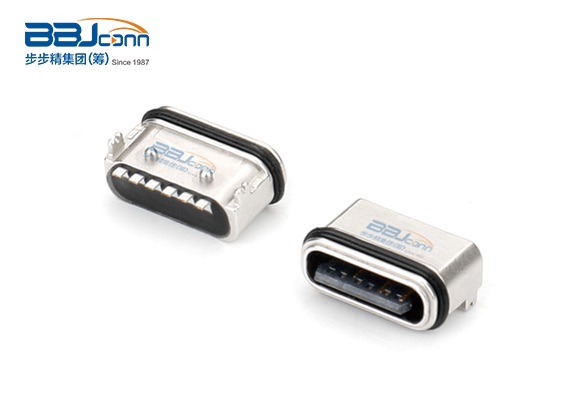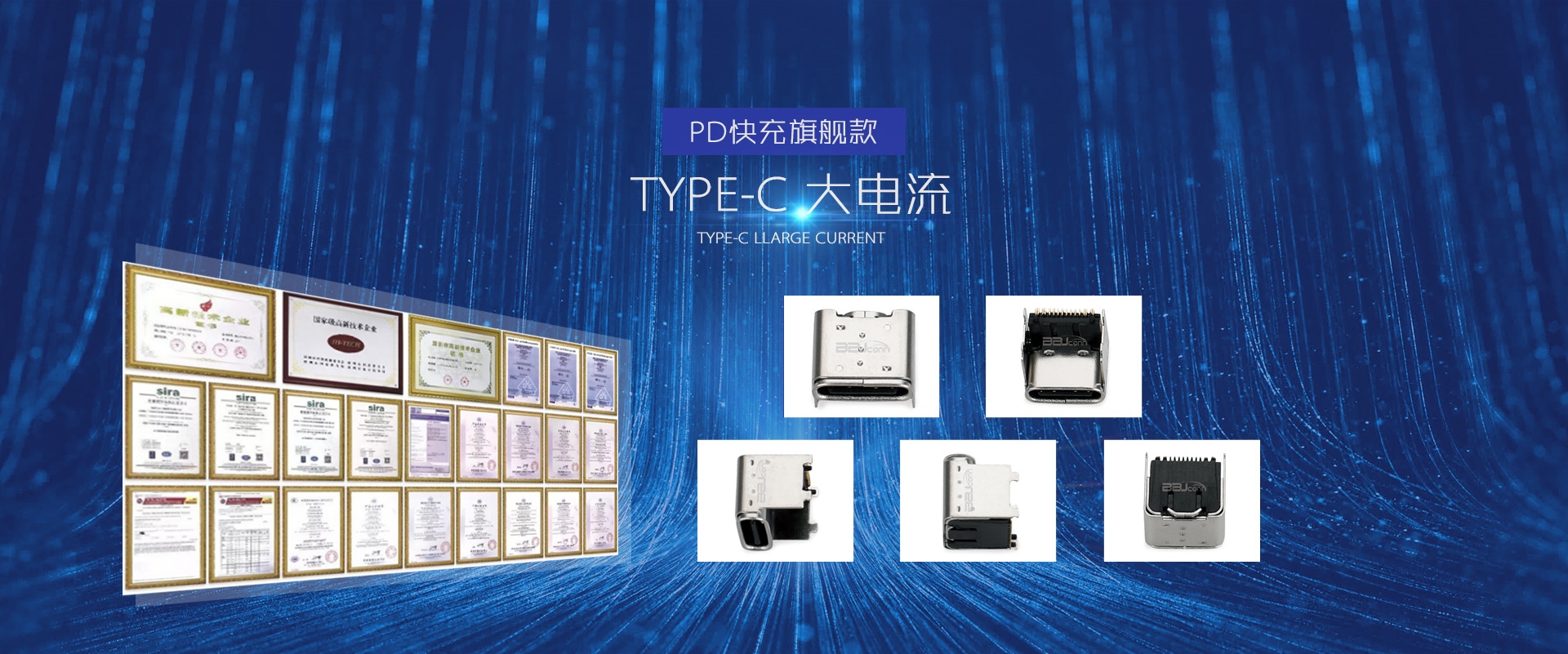The most common one we see every day is the USBA type interface. The mouse, keyboard, U disk, etc. are all TypeA. Although some regions have also switched to the C port, the market share has not been so fast, and it can be popularized for the time being. After all, at present, The comprehensive manufacturing cost of production is still a problem that must be considered by the current promotion and application manufacturers and consumers.
With its powerful functions, the waterproof TYPE-C quickly triggered a revolution in the USB interface with the vigorous promotion of Apple, Intel, Google and other manufacturers, and positively affected all aspects of our daily life; from mobile phones to tablet computers, waterproof TYPE-C began to appear in the computer PC to today's automotive and industrial fields.
Among many electronic devices, the smartphone product category has embraced the Type-C interface faster. From the second half of 2015, almost all high-end smartphones from Android manufacturers will use the Type-C interface. However, Lei Feng.com also noticed that in the follow-up In its product strategy, some Android manufacturers tend to use the Type-C interface as an important product attribute to distinguish high-end and low-end smartphone products - more for entry-level or low-end smartphones. The old-fashioned Micro-B interface.

In addition, Apple's embrace of the Type-C interface has also attracted much attention. In addition to being the first to install Type-C on 12-inch MacBook notebooks, Apple later launched a new generation of MacBook Pro in 2016, replacing all body interfaces with Type-C. -C; In 2018, Apple launched a new generation of MacBook Air Type-C - since then, MacBook has fully used the Type-C interface.
Although the waterproof TYPE-C interface is based on the USB3.1 standard, in practical industry applications, many manufacturers also choose to use the Type-C interface without the USB3.1 standard; therefore, although the transmission speed and charging efficiency cannot reach The requirements of the USB3.1 standard, but you can enjoy the convenience brought by the waterproof TYPE-C interface style.
That is to say, waterproof TYPE-C, as a new interface, has also achieved backward compatibility in the popular process.
Judging from the development history of waterproof TYPE-C, from birth to popularization of a technical standard, it obviously requires the promotion of the entire industry and the gradual acceptance of the market, which cannot be achieved overnight; for Type-C, from the establishment of a formal standard and the recognition of the entire industry It has been 5 years. And 5 years have also proved and will continue to prove that Type-C is a correct interface direction - after all, in the latest generation of USB4 standard, waterproof TYPE-C has become the only supported interface.
